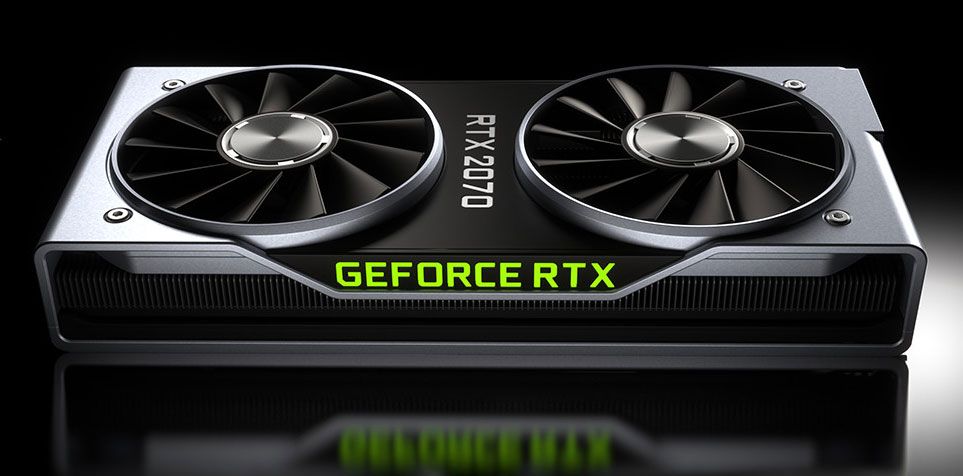Adding a graphics card to your computer is one among the simplest ways to offer it a serious boost in power. That’s partially because the simplest graphics cards tend to possess an enormous advantage over any integrated graphics built into the processors, and partially because it’s simple to put in a graphics card.
We’ll guide you thru each step you will need to require to put in a graphics card in your computer.
1.Find the right Pie slot:
First thing’s first: you would like to seek out where your graphics card goes inside your computer. counting on your motherboard, you’ll have only one Pie slot otherwise you may have many.
Generally, you would like to put in your graphics card into a Pie x 16 slot. There are two parts to identifying a Pie x 16 slot. First, search for the longest Pie slot on your motherboard. Slots are available x 1, x 4, x 8 and x 16 sizes. If you are not sure, you’ll compare the slot length to the length of the connector on rock bottom of your graphics card.
Next, confirm that the slot you’ve found may be a true x 16 slot by trying to find a text indicator on the motherboard itself. Some Pie slots could also be the dimensions of an x 16 slot back even have fewer Pie lanes, which may limit performance. as an example , we’ve a Micro ATX motherboard with two Pie x 16 slots, but one may be a true Pie 3.0 x 16 slot while the opposite is really a Pie 2.0 x 4 slot offering restricted bandwidth but support for extended add-in cards.
2. Ready your motherboard and computer case:
Once you’ve found the right slot, you ought to confirm the Pie slot is in its open position. Some slots have a little clip at one end which will flip up and down. Flipping the clip down will unlock the slot. Other slots may have a clip that moves sideways. it’ll simply flip of the way once you install the GPU, then it’ll lock back to position.
You also got to remove any slot covers on the rear of your computer case that line up with the slots your graphics card will fill. On some cases these will screw off while others may break .
3. Insert your graphics card:
Now you’re able to put the graphics card in. When holding the graphics card, avoid touching the Pie connector or exposed portions of the PCB.
First, line up the graphics card with the Pie slot. Then line up the top of the graphics card with the open expansion slots on the case. confirm the top of the graphics card’s I/O shield is obvious of the motherboard and not pressing into it.
Lower the graphics card into its Pie slot. It shouldn’t take much force. you’ll hear a click when the lock at the top of the Pie slot flips into place. If you do not hear anything, confirm that the lock is in its closed position.

4. Secure the graphics card:
Insert any screws into the case that are meant to carry the graphics card’s I/O shield in sit . These should be an equivalent screw you removed when removing the slot covers.
If your graphics card requires a bracket for support, follow whatever instructions were included together with your graphics card.
5. Plug in any power connectors:
At one end of your graphics card you’ll likely find variety of ports. These are the facility connectors for your graphics card. connect all corresponding power cables from your computer’s power supply. These are often 6- or 8-pin power connectors, and should be a mixture of multiple connectors. (Note: Some low-power graphics cards are ready to draw all of their power from their Pie connection and cannot require you to connect any additional power cables.)
6. Don’t forget to plug in your display cables:
With the previous steps, your graphics card is installed. But you would like to form sure you’re actually using it. So, plug your HDMI, Display Port, or the other video cables directly into the graphics card. If you employ the display connections on your motherboard, you will not be taking advantage of your graphics card.
